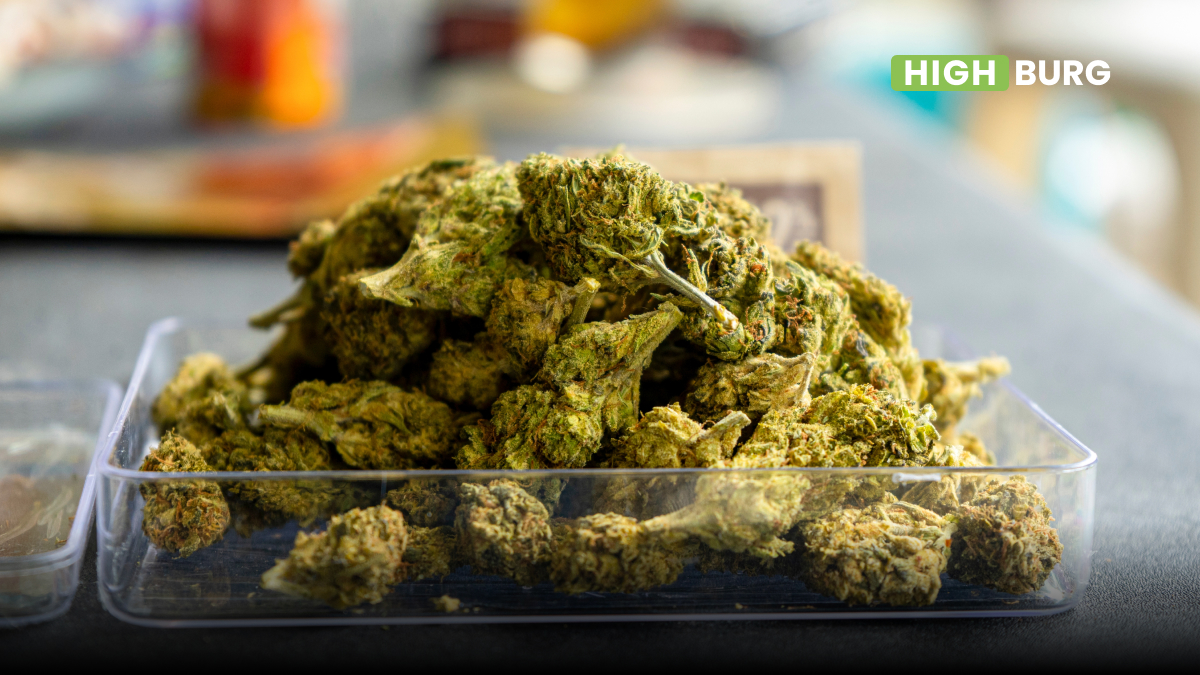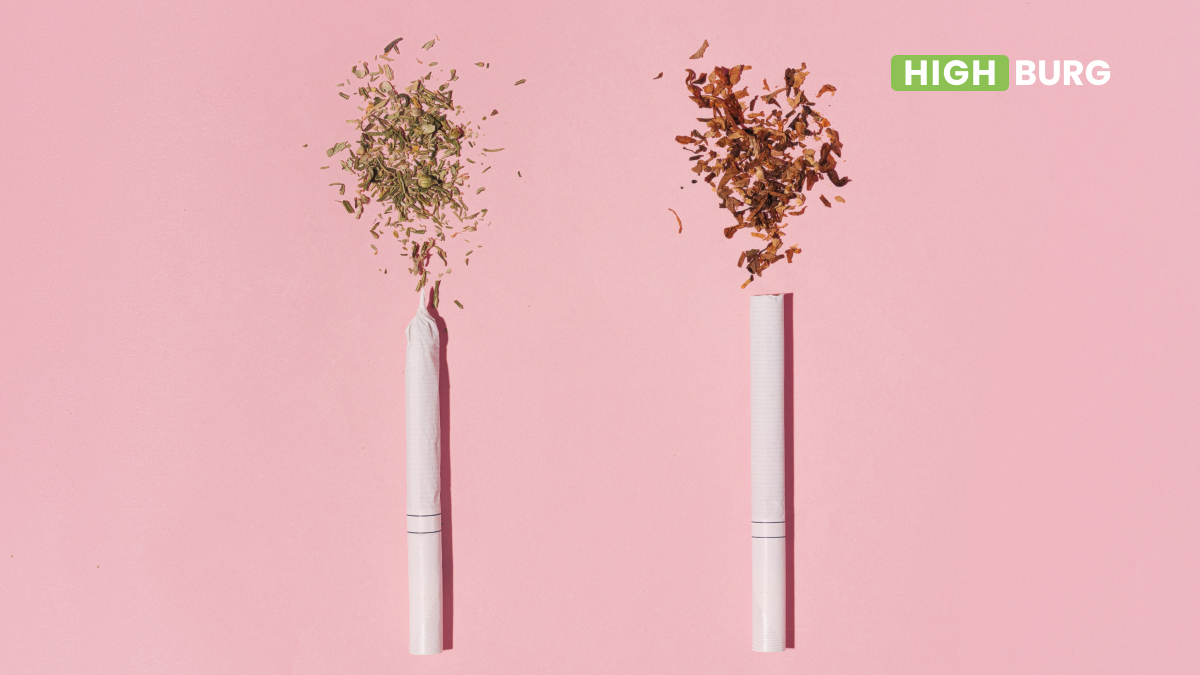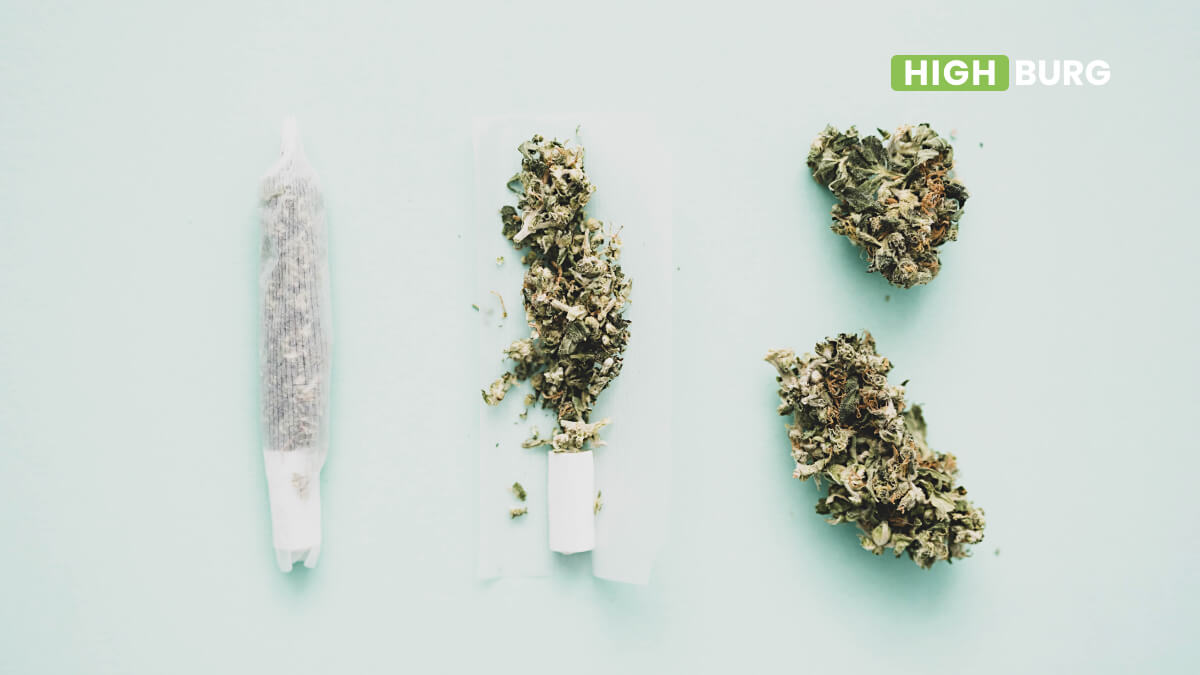Cloning marijuana plants can be a fun and exciting thing to try out, especially if you’re new to consuming cannabis and trying out new strains.
Cloning marijuana is an exciting way to create hundreds of new, genetically identical plants from a single source plant. Many cannabis growers choose to clone their own marijuana plants because the cloning process doesn’t change the gender of the resulting plants, so you can ensure that all your new plants are female and you won’t have to worry about male plants pollinating your crop and causing seeds to grow.
Cloning is also much quicker than starting marijuana seeds from scratch, allowing you to grow many more plants in less time than it would take to grow those same number of seedlings.
Before You Start Cloning
When you’re cloning plants, it’s important to note that you can’t just cut and paste your way into success. Cutting off a branch or part of a leaf and sticking it in water won’t help anything—not unless you have healthy plant material on which to grow.
A cloning machine can be really helpful here since they help encourage rooting by providing ample moisture and warmth to transplanting material. But if you don’t want or need one of those machines, here are some tips for getting started with cloning cannabis.
The most important thing when it comes to cloning is making sure that your leaves, branches or cuttings are healthy. You can trim back growth and remove yellowed or dying leaves so your rooting material has a chance of success.
Remove big stems and stalks since they don’t have enough tissue or water within them to grow into new plants successfully (though small amounts of the soft stalk will root just fine). When choosing which stems and leaves to use for cloning, pick ones with multiple nodes on them—these nodes contain shoots that can be used for clone material in a few weeks’ time!
There are other details you can consider as well, such as which plants to use for your clones. Generally speaking, you’ll want them to be female plants, but there are times when male clones can be handy for growing or breeding purposes.
Some people swear by hand-selecting clones, though if you’re just starting out it might be hard to tell which clone will yield a great plant and which one won’t.
If you have no special reason for avoiding males when cloning cannabis plants, just go ahead and use them—they have all of the same parts necessary for cloning success that their female counterparts do!
Materials Needed For Cloning
There are a few things you’ll need before you get started cloning cannabis plants.
For starters, try to find young and healthy plants that aren’t showing any sign of disease or insects.
Additionally, make sure your work area is tidy and free of clutter and dirt—you don’t want any debris interfering with delicate plant material.
You should also have sterilized cutting tools on hand—scalpels work well for smaller roots while pruning shears will be most effective for larger cuttings (smaller clippings typically won’t survive).
Make sure you also have a suitable growing medium at hand (baking soda works best) so you can immediately start rooting your clones after they’ve been propagated.
Step By Step Instructions
- To begin, you’ll need some fresh (not dried) plant material. Choose a part of your plant that doesn’t have visible disease or insects—if you see pests or fungus, try collecting your clippings from an area at least 6 inches away from the issue. You should also collect several clippings per cutting to make sure you have ample genetic material and enough roots for each cutting. If you notice any strange behavior while trying to collect cuttings—excessive shaking, failure to grow roots—there may be bugs in your plant so it’s best not try cloning them.
- Once you have your plant clippings, it’s time to prepare them for cloning. This is easiest done in a new pot filled with sterile soil. If you’re working with a large number of cuttings, you may want a few pots so you can get your clones into new pots as soon as possible.
- In sterile soil, make sure each cutting has plenty of room for its roots to grow, and lightly cover them in soil. Lightly water each cutting immediately after placing it in its pot—this will help transfer nutrients and get things off on a good start.
- Place your clippings in a sunny window and make sure each cutting gets plenty of light. Try for at least 6 hours of direct sunlight per day.
- You can use a fluorescent or LED light if you don’t have enough natural sunlight, but make sure your clones get plenty of light and never place them near a window that receives direct sunlight because they could burn up. Keep an eye on your potting soil—you want it moist but not soaked. Water only when you need to, using lukewarm water to avoid shocking your plants.
- Each week, check your cuttings for roots. It can take anywhere from a few days to several weeks for your clones to produce roots. You’ll know you have roots when you see small white or brownish bumps coming out of your clippings.
- Once you see roots, it’s time to get them into individual pots. Make sure each pot has drainage holes and that there’s enough room at the top of each pot for your plants—they should be able to grow up and not smother in their pots.
Troubleshooting Tips
It’s best to clone cannabis at its vegetative stage of growth, which is between days 3 and 7 of an 11-14 day flowering cycle. Before you start a cloning project, make sure your clones have become rooted in soil.
This can take up to 7 days, so don’t rush it. Once roots are visible, move your clones into a separate container and feed them with a high nitrogen plant food every 2 weeks. You should water each new clone with a half-strength fertilizer solution every week until they are well established.
As mentioned earlier, when cloning cannabis plants, it’s a good idea to try to use a cloning machine for rapid, precise results. Some people prefer using other methods like rooting gel or Dank Rooting Powder.
They take longer but are less expensive and may produce good results if you can’t get a hold of clones or clones are unavailable. In either case, take your time and make sure you follow each step carefully so you get consistent results from plant to plant.
Additional Notes & Warnings
Cloning a cannabis plant is something that every grower should know how to do, as it allows you to easily create an identical genetic twin of your best strains. In addition, cloning can be used to replace or supplement plants that have grown too weak or otherwise deteriorated over time.
Clones created with a whip-and-tong method are similar in strength and health as seedlings germinated from a mother plant’s seeds—but they’re much quicker and easier to establish. Clones tend not to be as strong as those cultivated from directly-seeded clones.
Ultimately, there is no right or wrong way to go about doing it—the important thing is making sure you understand what each process entails so you can choose one based on your needs.
What Are Marijuana Clones?
Clones are plant cuttings of a mother cannabis plant. They’re essentially younger versions of that plant and, because they’re genetically identical to their parent, they produce a very similar harvest.
Clones can be thought of as backups or replacements for marijuana plants that have been damaged or lost. Clones aren’t capable of growing on their own; in order for them to take root, they need to be grafted onto an established marijuana plant.
Cloning is a way to rapidly increase your crop size (with just one rooted clone you’ll soon have dozens more) while also reducing your costs—in addition, cloning means you won’t have to worry about pesticides and fertilizers since clones grow naturally with little extra attention from you.
Cloning Marijuana: Final Thoughts
Cloning marijuana might be a bit of a learning process at first, but over time, things become like second nature. New and potent strains that will lead to a relaxing high are all worth it in the end.



